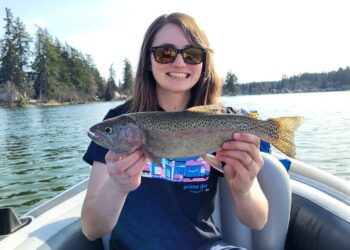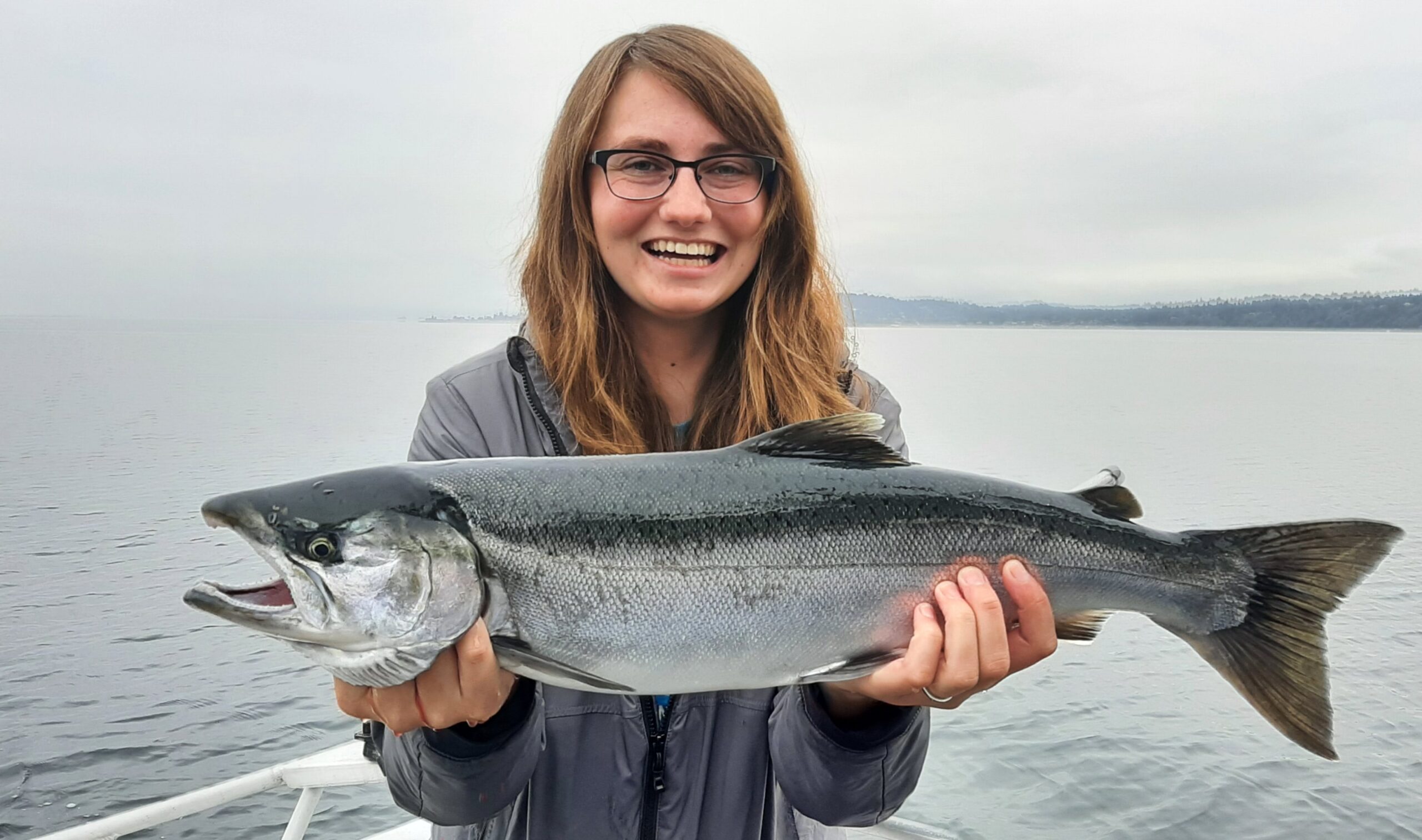BY JOHN KRUSE
CAPE DISAPPOINTMENT STATE PARK – A CROWN JEWEL
One of the best parks in Washington, a crown jewel amongst all the parks found in this state, is Cape Disappointment State Park. Located where the Columbia River meets the Pacific Ocean near Ilwaco, this expansive 1,882-acre park offers a healthy dose of history, a nautical setting, and abundant opportunities for outdoor recreation.
My wife, daughter, and I reserved a small cabin in the park months ago that sits right next to a small, lily pad lined body of water called O’Neill Lake. In addition to three cabins and several yurts, even lighthouse keeper’s quarters are available for rent. There are also 220 campsites, about a third of them with full or partial hookups for RVs.
There is a lot to see and do here. If you enjoy time at the beach, you can stroll to Waikiki Beach near the park entrance, or walk two-mile-long Benson Beach between the North Jetty and North Head, where a red and white lighthouse stands watch.
Another option is to drive on the beach from Seaview north of the park south to Beard’s Hollow, which offers the chance to explore rocky tidepools full of sea anemones at low tide.
At the beach you’ll see people flying kites, casting for surf perch, beachcombing, and just enjoying the chance to dip their toes into the surf of the Pacific Ocean. Speaking of fishing, early to mid-September offers a very good chance to chance to catch coho salmon in Baker Bay near Ilwaco, around Buoy 10 at the mouth of the Columbia, and even off the North Jetty, where surefooted anglers cast big spinners or drift plug cut herring or anchovies under a slip bobber.
Unfortunately, fisheries managers closed all salmon fishing on the Columbia River on September 2nd due to higher-than-expected catch rates for Chinook salmon in August. This leaves jetty anglers contenting themselves jigging for rockfish and lingcod as summer transitions into fall, though it is possible fishing for coho could reopen this month.
Coho salmon fishing is scheduled to remain open in the ocean through September, but check the emergency regulations before going.

Need something else to do? That would be crabbing. The best crabbing for keeper size Dungeness crab is from a boat in the Pacific near the mouth of the river. Land based crabbers or kayakers catch crab close to the North Jetty in the park. We tossed a crab ring and snares off the boat launch dock at the park, and over the course of three afternoons literally pulled up close to 500 Dungeness crab.
Unfortunately, not one of them was keeper sized. The bio mass of crab was amazing, but they were all small. Hopefully by next year, a lot of these crab in this area will be big enough to keep.
If you like to hike, you’ll be able to enjoy a trail system covering eight miles that will take you to Cape Disappointment, the North Head Lighthouse, and through forests to wetlands and to the beach. Wildlife watchers will be rewarded with the sight of black-tailed deer and raccoons in the park, along with birds like kingfishers and osprey around the freshwater lakes as well.
Meanwhile, there are bald eagles, cormorants, pelicans, and a wide variety of shore birds on the coast off the rocky points and the beach, along with the chance to see seals and the occasional whale.
There is also much to see and learn here from a historical point of view. The Lewis and Clark Expedition reached Cape Disappointment as they completed their initial mission of reaching the Pacific Ocean in November of 1805.
Today, a world-class interpretive center with over 200 exhibits and artifacts can be seen here. The Center is open seven days a week in the summer and has reduced hours the rest of the year.
The mouth of the Columbia is difficult to navigate, and the waters around it became known as the Graveyard of the Pacific. To help ships safely enter the river, Cape Disappointment Lighthouse was built and became active in 1856. Aaron Webster, the head Interpretive Ranger at the State Park, was asked why a second lighthouse was built just two miles north.
Webster explained that initially, most shipping came from the south and San Francisco, and the light at Cape Disappointment worked fine. When rail lines reached Tacoma to the north, shipping began to come to the mouth of the Columbia that way, and they could not see the light of Cape Disappointment.
That’s why the North Head Lighthouse was built, which became operational in 1898. Today, tours are available at the North Head Lighthouse during the summer months.

This was also a military installation. Aaron Webster explained that this fort, along with Fort Stevens on the south side of the Columbia River mouth, were built during the Civil War because of a Confederate shipping presence in the Pacific Ocean.
The forts received state of the art coastal artillery pieces towards the end of the 19th Century and received more troops and artillery, along with radar stations, search lights and mines, in World War II. That’s when the threat was the Imperial Japanese Navy, which did have a submarine shell nearby Fort Stevens in 1942.
After the war, the fort was deactivated and Fort Canby was turned over to the Washington State Parks Commission. Today, you can walk among some of the WWII fortifications, which are located next to the Lewis & Clark Interpretive Center. You can find out more about this amazing destination and the North Head Lighthouse
At https://parks.wa.gov/486/Cape-Disappointment and http://northheadlighthouse.com.
John Kruse – www.northwesternoutdoors.com and www.americaoutdoorsradio.com






















